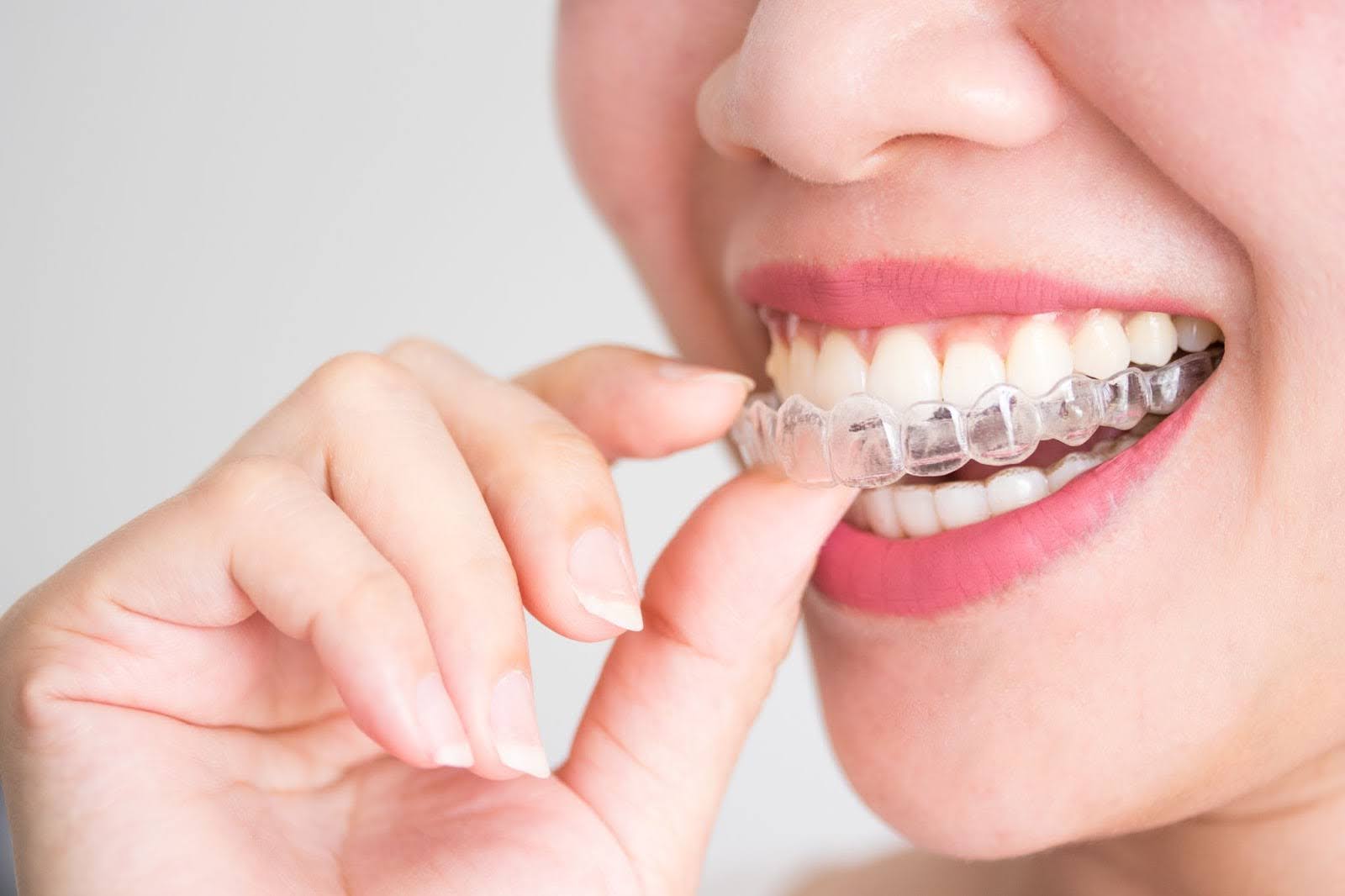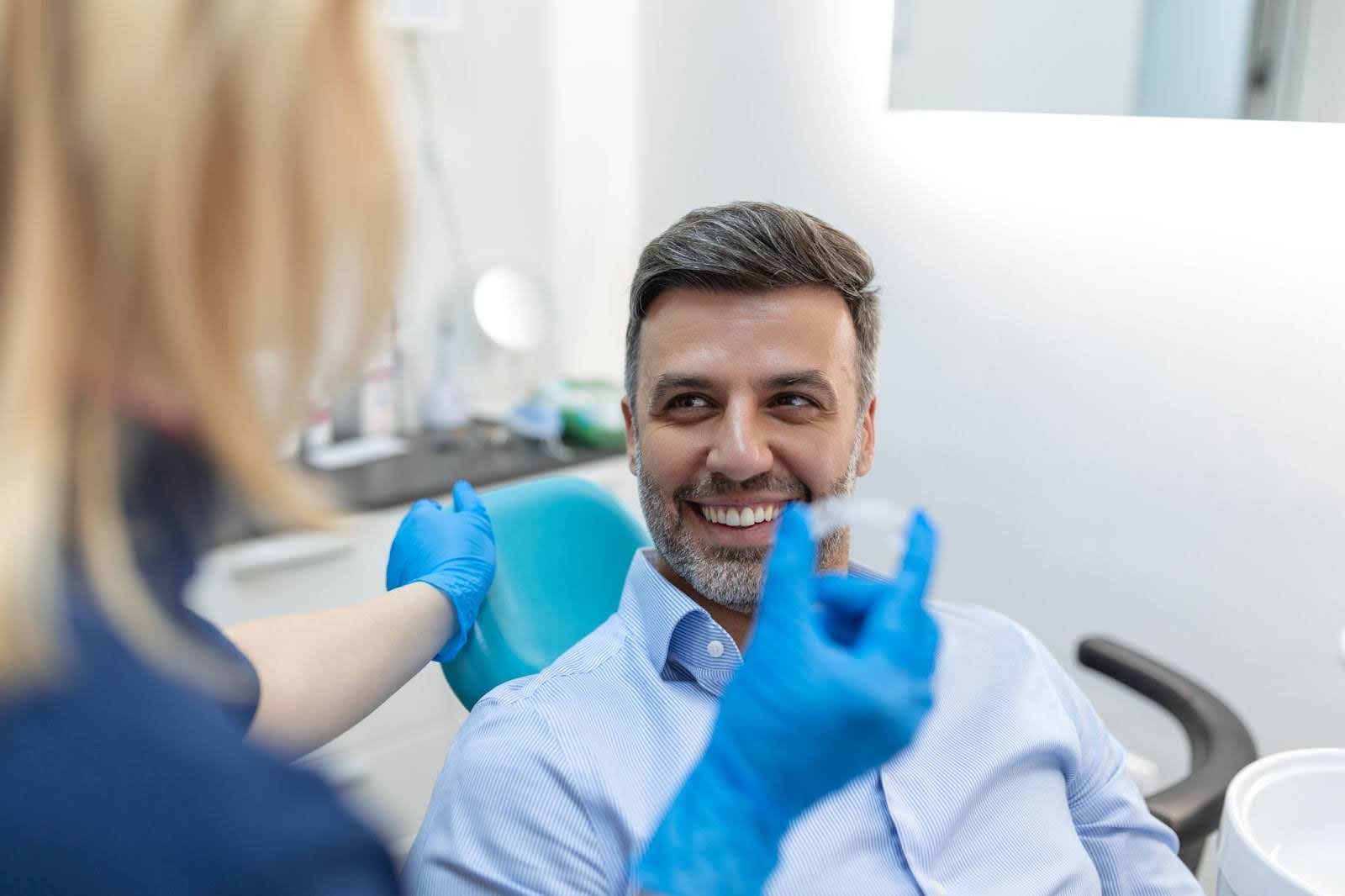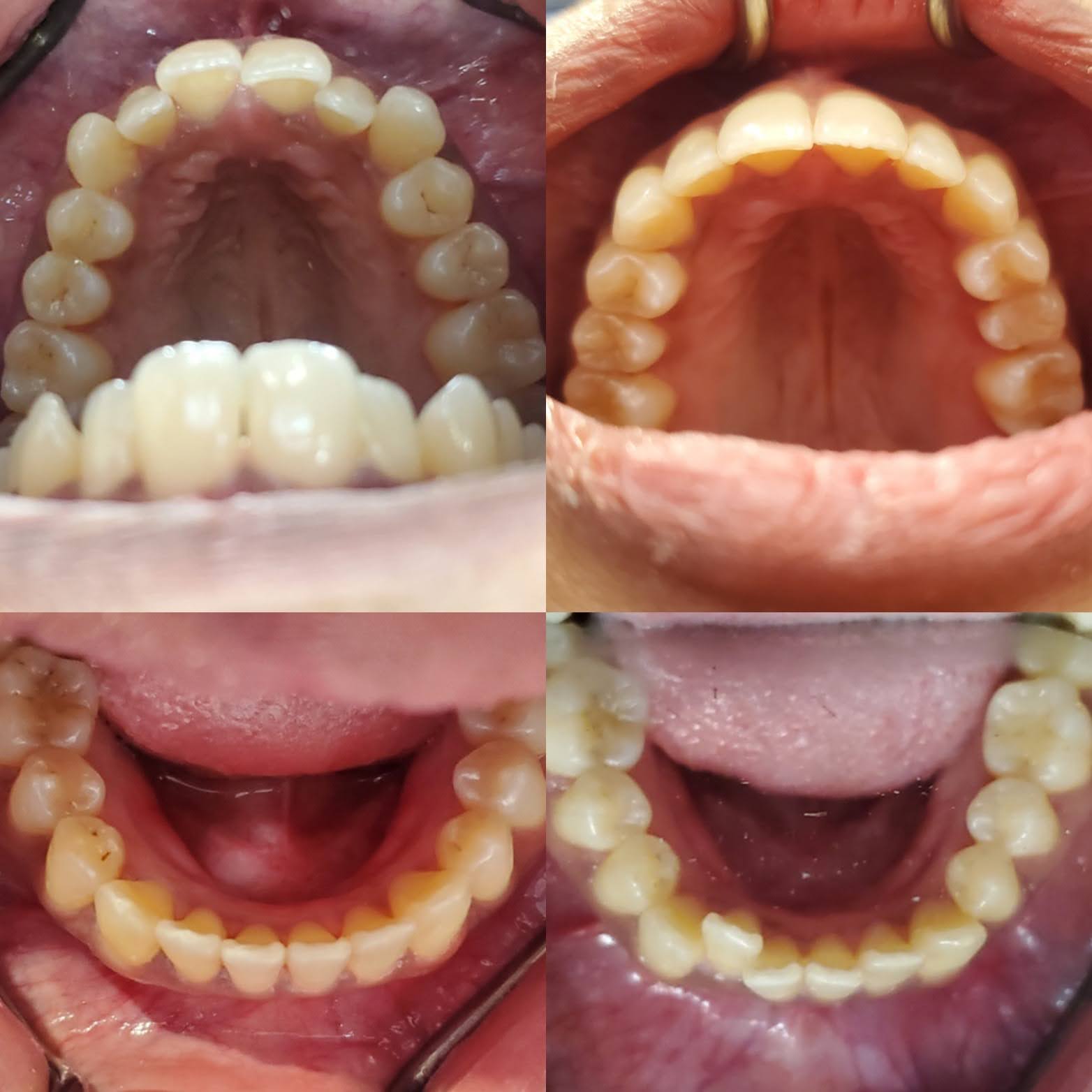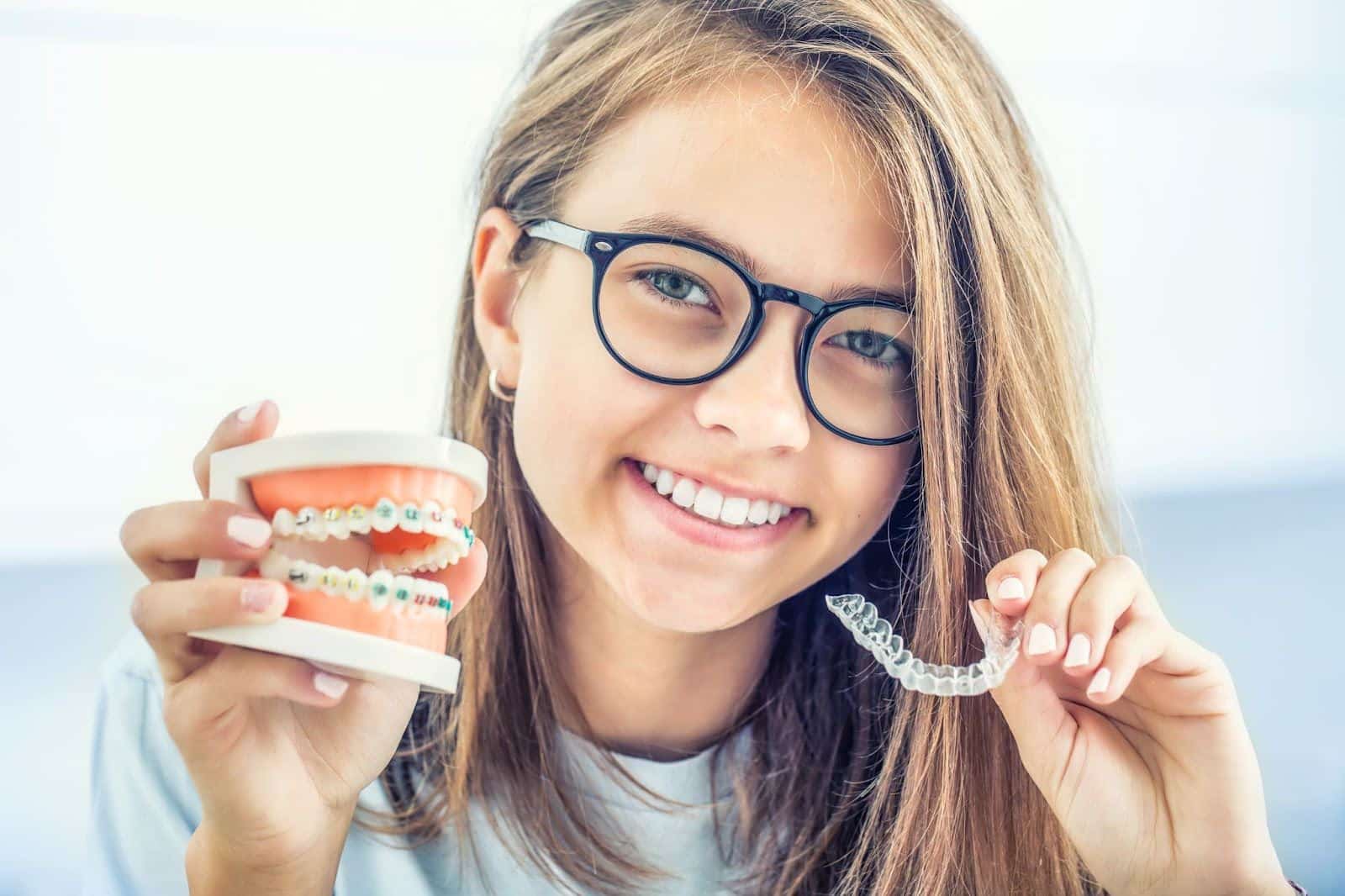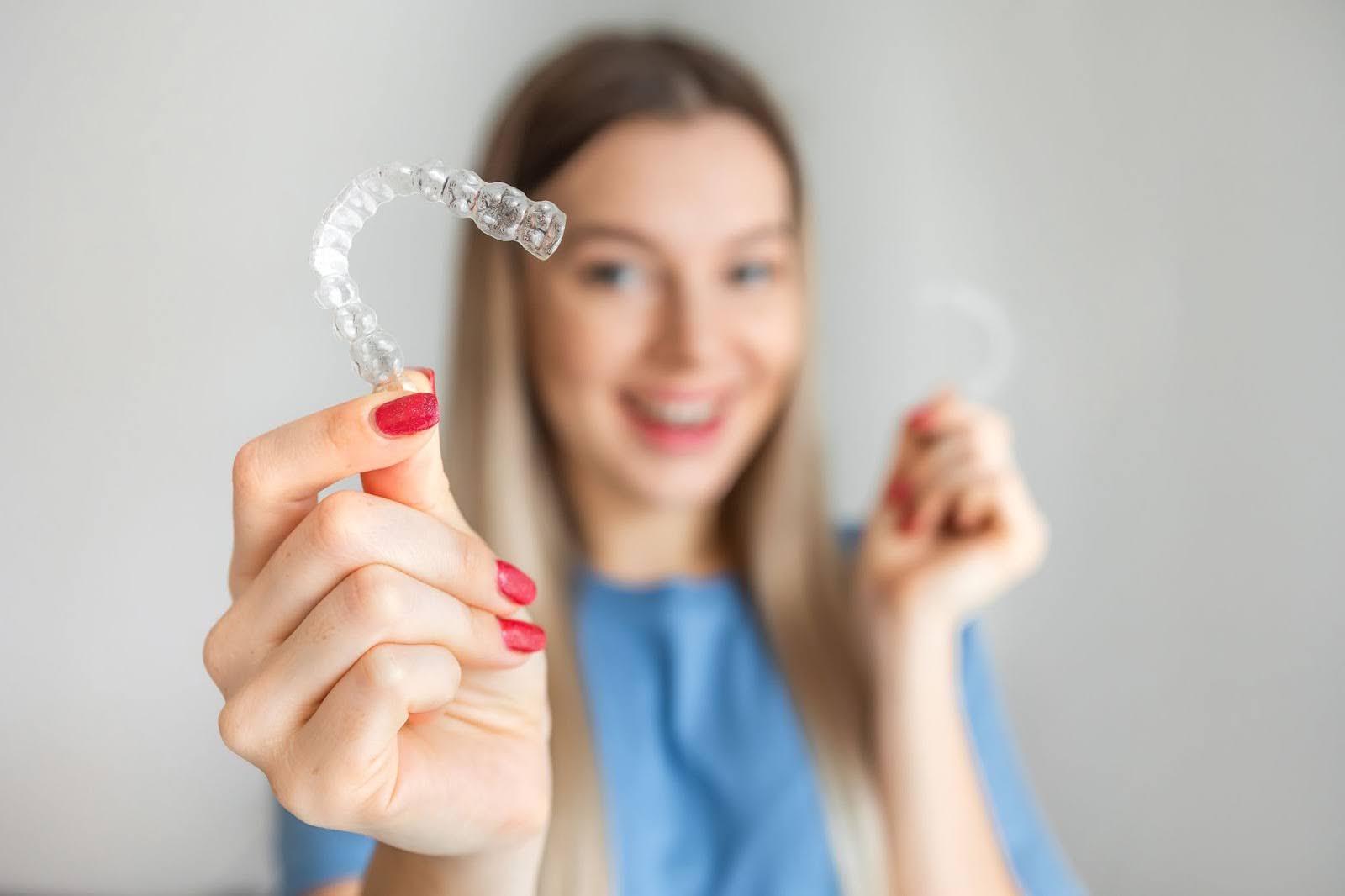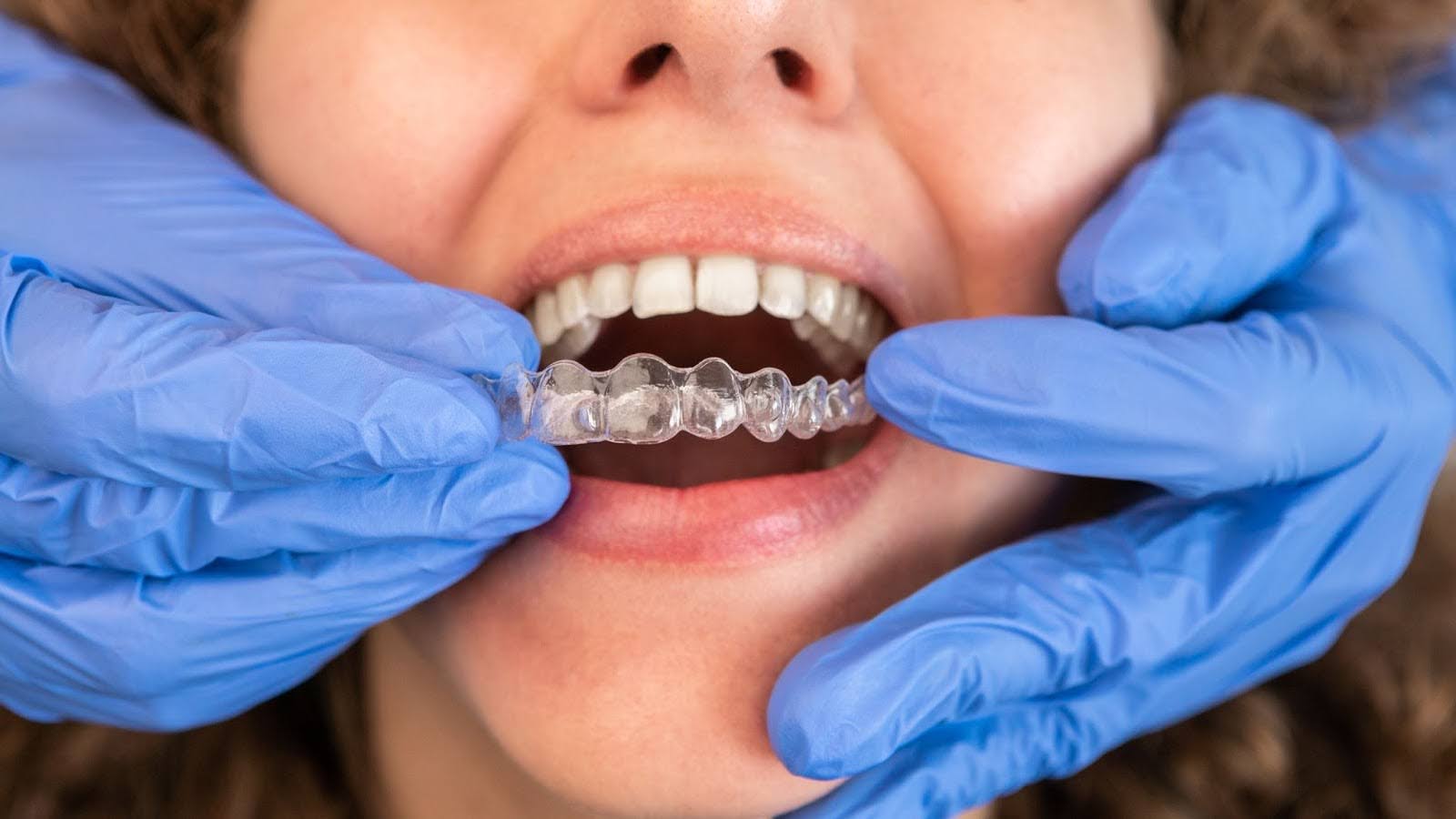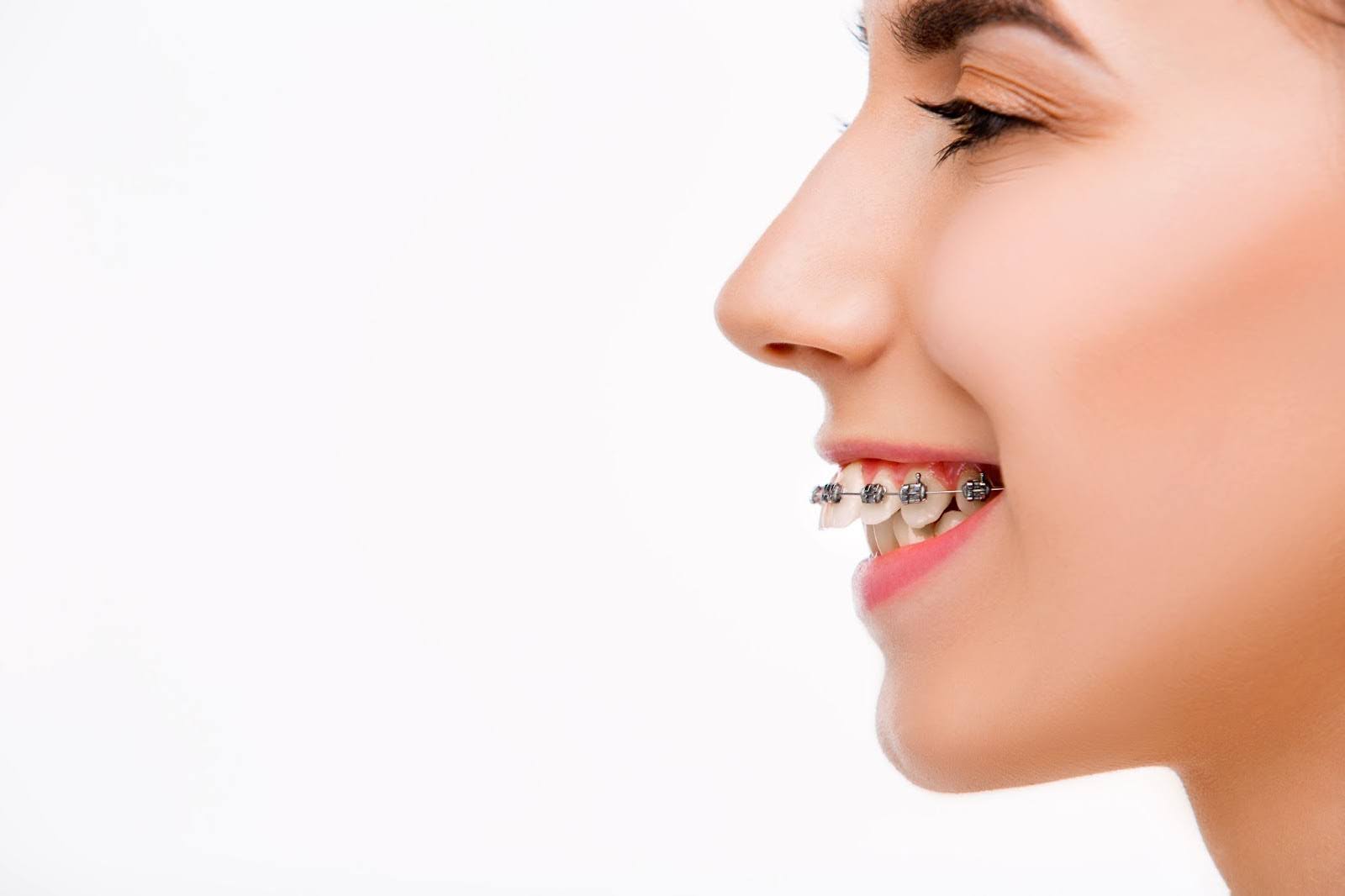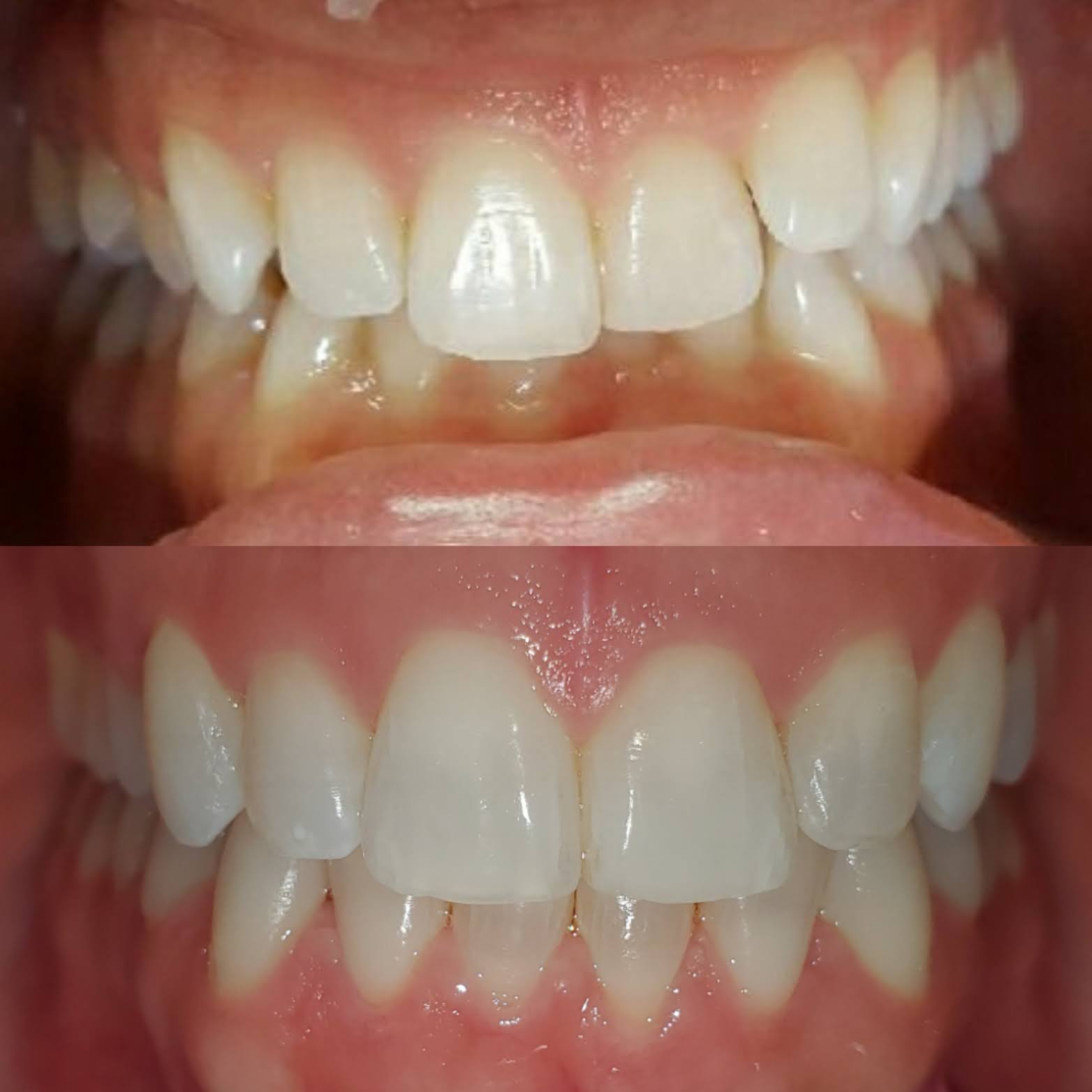When it comes to correcting your overbite, there are several orthodontic treatment options to choose from. Overbites affect an individual’s aesthetics, dental health, and functionality. Let’s discuss how Invisalign can effectively and discreetly correct overbites while offering a comfortable alternative to traditional braces. At Rockefeller Cosmetic Dentistry, we take pride in showcasing before and after results to our patients to highlight the profound impact that Invisalign treatments have on smiles, confidence, and overall well-being. Continue reading as we unveil the power Invisalign has in reshaping smiles and restoring confidence, one patient at a time.
Initial Consultation and Assessment
Before starting your Invisalign journey, the most important step is the initial consultation with a certified Invisalign provider. During this phase, one of our experienced dental professionals will perform a comprehensive assessment. Using advanced imaging technology, this assessment will provide detailed information to our specialists, helping them create a customized treatment plan unique to your needs. This process ensures optimal results and sets the stage for a successful Invisalign transformation.
Before Treatment: Overbite Challenges
When left untreated, an overbite can cause discomfort, oral complications, and aesthetic challenges. Common issues associated with overbites include:
- Difficulty biting and chewing
- Jaw pain and stiffness
- Headaches
- Earaches
- Gum Disease
- Tooth decay
A common aesthetic concern with overbites is the visible protrusion of the upper front teeth. This appearance can affect self-confidence and hinder social interactions.
Progression of Invisalign Treatment
Step 1
Step 1 of the Invisalign process involves the initial consultation with a specialized Invisalign provider. During the consultation, detailed digital scans and impressions of the teeth are taken to create a 3D model of your smile. Our dental professionals use advanced computer software to map out a personalized treatment plan that outlines the precise movements of your teeth throughout your treatment journey.
Step 2
Next, you will be given your custom clear aligners. You will wear a series of them, each set slightly different, to apply gentle pressure on specific teeth to gradually shift them into proper alignment. While you transition to new sets, you will notice that your teeth will move closer to their desired position, effectively correcting the overbite.
Step 3
Your dental professional will schedule regular check-up appointments to ensure the treatment progresses as planned. Any necessary adjustments will be made to keep the progress on track.
Real-Life Overbite Correction Stories

We have helped patients with various complications achieve the smile of their dreams with Invisalign. The transformation from the initial phases of Invisalign treatment for overbites to the final outcome is remarkable. Most patients seeking treatment for their overbites are hesitant at first because of concerns about appearance and inconvenience. However, after learning about Invisalign’s discreet and convenient nature, their smile transformation journey begins! This patient came in feeling defeated and self-conscious about her smile’s appearance, so she was ready to take the first step in achieving the smile of her dreams. Her journey began with an initial consultation at Rockefeller Cosmetic Dentistry, where we performed a comprehensive exam and created a treatment plan tailored to her smile needs.
Throughout her treatment, she diligently wore her clear aligners, witnessing the gradual transformation of her smile. As her treatment progressed, her overbite was corrected, and her smile was properly aligned, restoring not only her confidence but also her ability to bite and chew comfortably.
Aesthetic and Functional Improvements

Invisalign overbite before-and-after images vividly illustrate the aesthetic and functional improvements achieved through Invisalign treatment for overbites. Comparing the initial presentation to the final results, the transformation is nothing short of remarkable.
Aesthetic improvements with Invisalign are transformative, with noticeable smile symmetry and alignment changes. Before treatment, the protruding upper teeth and jaw misalignment minimize the overall appearance of the smile. However, post-treatment, these issues are addressed, resulting in a more harmonious and pleasing smile.
Unlock Your Confident Smile: Choose Rockefeller Cosmetic Dentistry for Invisalign Overbite Transformation!
Invisalign treatment offers a transformative journey for individuals struggling with overbites. Through personalized treatment plans and clear aligners, overbites are gradually corrected, resulting in beautifully aligned smiles and enhanced bite functionality. At Rockefeller Cosmetic Dentistry, we are committed to guiding you through your Invisalign journey, empowering you to embrace your smile with confidence. Call (212)581-1091 to discover the life-changing benefits of Invisalign and unlock the full potential of your smile.


